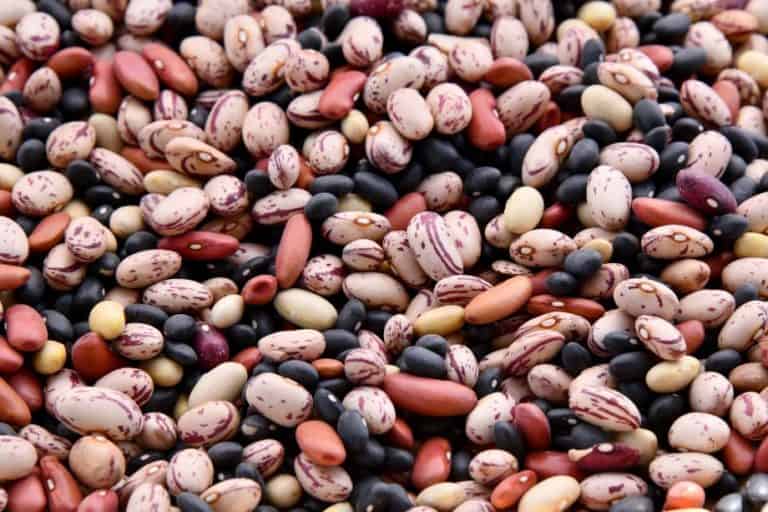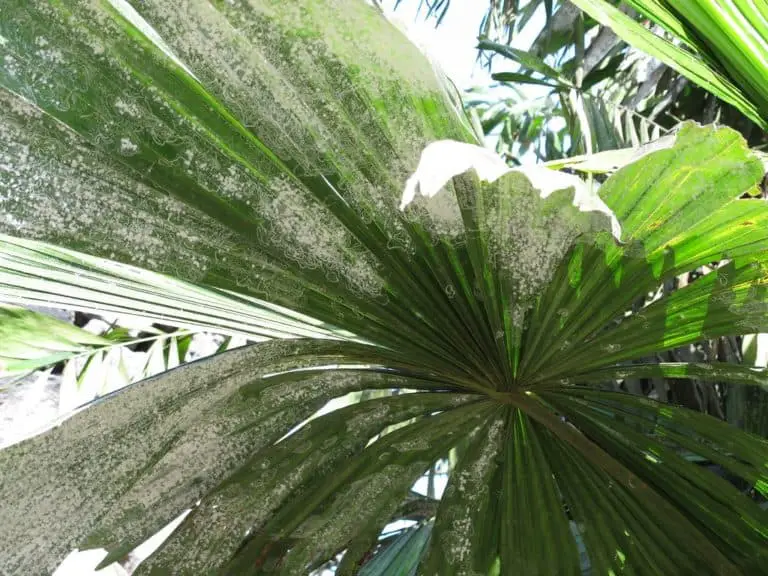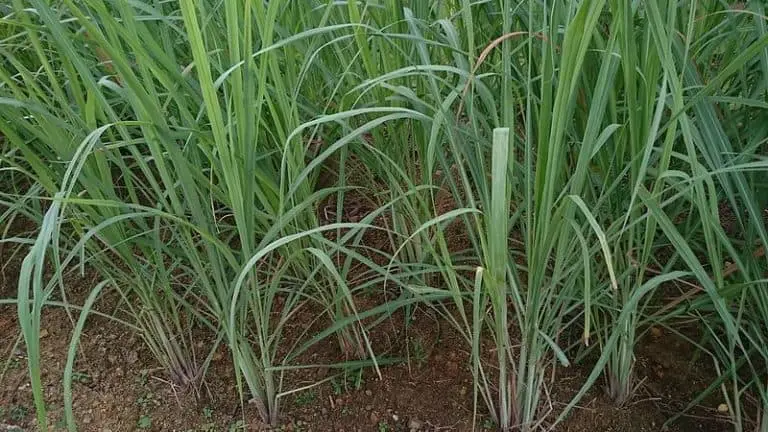Does Apple Cider Vinegar Kill Powdery Mildew? (How to Use it)
Notice any white powdery spots on your plants’ leaves, stems, or fruit? That’s powdery mildew sneakily settling in. Even experienced gardeners and enthusiastic DIYers struggle with this tricky fungus, no matter their arsenal of garden tools.
The earlier this infection is diagnosed and treated, the better it is. Early measures increase the chances of the plant’s survival and help to retain the beauty of the landscape or garden to which the particular plant is adding its colors.
There are numerous ways to get rid of this infectious disease, ranging from commercial fungicides to homebrew remedies, out of which, today we’ll discuss a treatment based on apple cider vinegar and why it is effective.
What is Powdery Mildew and its Effects?

Powdery Mildew is a fungal infection that weakens and devitalizes the plant it attacks. This happens due to the inhibition of the transfer of essential nutrients and water to different parts of the plant due to sporification caused by this infection.
Although rarely fatal and terminal for the plant, if left unchecked, it can eventually cause the infected plant to die and also pose risks for the surrounding plants, as this infection is contagious. Therefore, if a plant is identified to be infected, make sure to isolate it and take proactive action to control the spread.
It mainly affects the lower parts of the plant, including stems and lower leaves. But in general, it can affect any part of the plant.
The most common cause of this fungal infection is, not limited to, the species of fungi called Erysiphales, which thrives in humid and temperate climates. This also suggests that to prevent this infection, keep a considerable distance between the plants and their surroundings to ensure the unobstructed flow of air.
Apple Cider Vinegar
Apple cider vinegar is made by immersing sizable chopped pieces of apple into sugar-mixed water. If left in for at least two weeks, the fermentation starts to develop the alcohol content of the solution. This fermentation process can be catalyzed using yeast.
Uses of apple cider vinegar range from edible delicacies to remedial uses. It is used in salad dressings, marinades, and chutneys due to its distinct tangy flavor.
Traditionally it has been used for cleaning and disinfecting wounds, weight-loss diets, lice, ear infections, skincare, and warts.
Its ingredients comprise vitamins including pectin, vitamin B1, Vitamin B2, Vitamin B6, Vitamin C, niacin, minerals including sodium, potassium, calcium, magnesium iron, and acids including pantothenic acid, citric acid, and a significant amount of acetic acid.

The main active ingredient in apple cider vinegar is acetic acid, along with malic and citric acid. These acids give the apple cider vinegar its characteristic strong smell and sour taste.
Apple cider vinegar for Powdery Mildew
Now bear in mind that several studies have demonstrated that fungus and a wide variety of fungal species, except a few, cannot thrive in low PH levels. As powdery mildew is a fungal infection, any medication or remedy consisting of the constituents having low PH levels can significantly help reduce the infection and eradicate the disease.
Acetic acid has a low PH level of 2 to 3.91. It is an active ingredient and a significant portion of apple cider vinegar, along with pantothenic acid, malic acid, and citric acid. These acids also have PH levels towards the acidic wing of the PH spectrum. Thus it can reasonably be stated that the use of apple cider vinegar can be beneficial for powdery mildew due to the aforementioned components and culminating PH levels.
Note that apple cider vinegar should be used in diluted form when treating powdery mildew. As a direct application, it may cause more harm than good because of high acidity and acidic content due to low PH levels. This high acidity content can burn the area to which the apple cider vinegar is applied directly.
To make a diluted solution, you can take three to four tablespoons of apple cider vinegar mixed with 1 gallon of water. Use this diluted solution as a spray on the infested plant.
As a precautionary measure, you may want to test this solution on a patch of the plant. This patch-application test is to check if the particular species of the plant has any adverse reaction to apple cider vinegar and its contents.
After you have tested the solution on a patch and no adverse effects are noted, spray Powdery Mildew infected plant with the solution, let it air dry, and penetrate the ingredients into the plant to kick in their benefits.
Remember to cover both the upper and lower surfaces of the infected foliage to leave no lurking spores to onset the infection again. Sprays should be repeated regularly to provide long-lasting protection.






